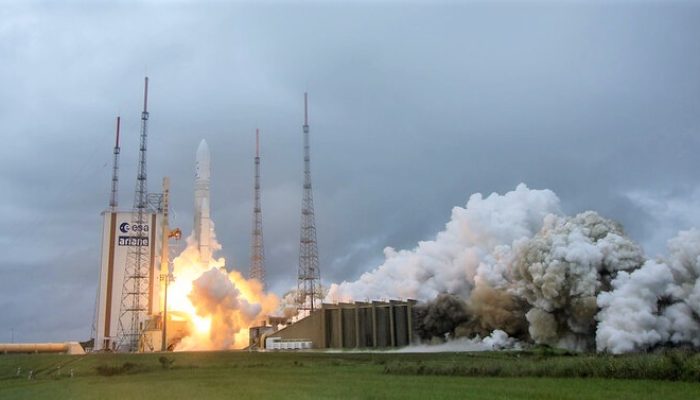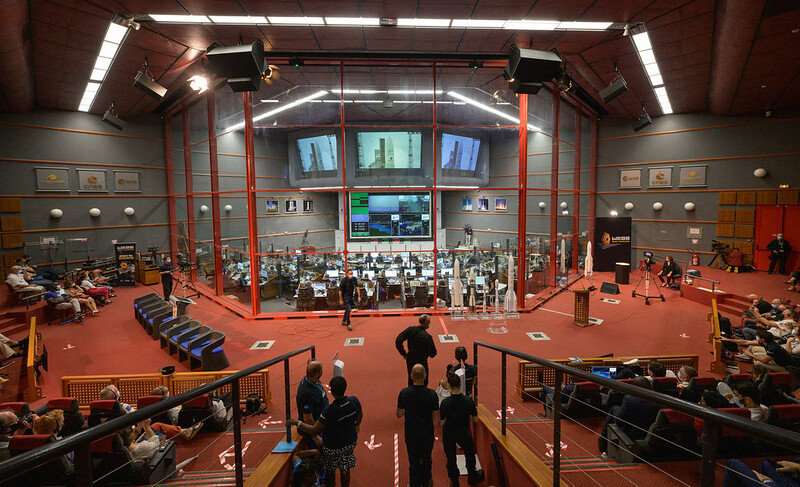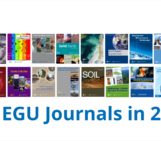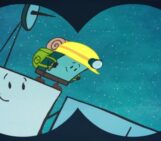
Where is Webb? This seemingly simple question is quickly making its way into everyday conversation, and not just in scientific and astronomy circles. After a long 32-year wait, NASA officially launched the James Webb Telescope a couple of weeks ago on 25 December 2021. More recently, the telescope deployed its final primary mirror segment on 8 January this year, a crucial milestone in its mission to study the universe.
Many say the telescope is humanity’s biggest gamble yet. Others remain sceptical about the US$ 10 billion (€ 8.7 billion) investment being able to deliver on its mission. The mission, of course, is an ambitious one: to understand the cosmos like never before – going all the way back to the dawn of time. If you’re curious about the cosmos (like we are!) or simply wondering what the hype is all about, read on for a brief overview of the James Webb Telescope.
Where it all began
The idea for the James Webb Telescope – which hereafter we’ll just call Webb – was born in 1989 at the Space Telescope Science Institute in Maryland. Back then, the world waited with cautious enthusiasm for the launch of the Hubble Space Telescope, which has transformed our understanding of space for over 31 years. And yet, one year before Hubble was officially launched, scientists were already thinking of creating its successor, with the aim to make it 100 times more powerful!
In 1993, when Hubble required an after-launch repair, astronauts used a space shuttle to travel to the observatory and install corrective measures. But unlike Hubble, Webb was designed to travel an enormous distance – over 1.5 million kilometres from Earth. This distance makes it impossible for astronauts to visit and fix the telescope if something were to go wrong. And so, scientists knew they had only one option: to launch and deploy Webb as perfectly as humanly possible.
Launch day and present status
After decades of delay and design changes, NASA launched the James Webb Telescope at 9:20 am local time from the Kourou spaceport in French Guiana. Webb took off successfully on an Ariane 5 rocket provided by the European Space Agency (ESA). The project’s third international partner is the Canadian Space Agency.
Speaking on a webcast from the launch site, Thomas Zurbuchen, NASA’s Head of Science, said it was an emotional day for all. “It’s the beginning of one of the most amazing missions that humanity has conceived.”
Despite the successful launch, scientists aren’t ready to relax just yet. There is a long way to go until the equipment begins working in a phase-wise manner and the first scientific observations are made. This is estimated to happen by July 2022. NASA has developed a live tracker that offers real time updates on Webb and its mission status.

Launch teams monitor the countdown of the launch of Arianespace’s Ariane 5 rocket carrying NASA’s James Webb Space Telescope. Photo Credit: (NASA/Bill Ingalls)
What Webb will explore
- It will study a region of sky that is the size of three full moons, hoping to capture within it half a million galaxies. As part of the COSMOS-Webb study, the telescope will examine this field for >200 hours, making it the biggest project for its first year and creating a rich data set for astronomers in the years to come.
- In its first year, Webb will also study some of the famous exoplanets, including the seven Earth-sized worlds that orbit the star TRAPPIST-1.
- It will probe the cosmos in the near-to mid-infrared wavelengths. Most of these wavelengths are longer than Hubble can see. (This means we will be able to study light that has travelled from far-off galaxies and stretched to redder wavelengths by the expanding universe.)
- It will peer at cosmic phenomena including, but not limited to distant galaxies, and the atmospheres of planets orbiting other stars.
- It will take spectra of astronomical objects, i.e., it will effectively split their light into individual components to learn what they are made of.
- Finally, Webb will also use its range of wavelengths to uncover previously unseen details of our own solar system. Some researchers are keen to study the colour and surface chemistry of cold worlds in orbits near Pluto. This, they believe, could reveal secrets of the solar system’s origins.
And now, we leave you with an interesting fact. Did you know that Webb has been designed as a ‘cold telescope’? One of its key instruments functions at a temperature below 7 Kelvin (-266° C)! This was made possible with five layers of reflective material which block the sun’s radiation and keep the telescope cool at all times.
In his blog leading up to the launch, Zurbuchen said he is hopeful for Webb and its previously unimaginable mission. “It is time”, he said, “for another shot at making history!”




jennifer
Thanks for sharing this useful information.